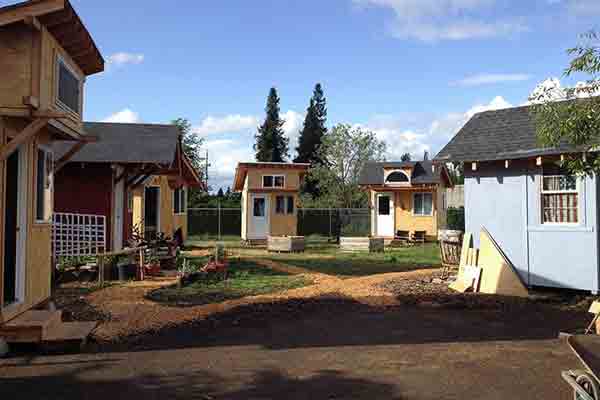Low-cost, off-grid solar energy could provide significant economic benefit to people living in some remote areas, but a new study suggests they generally lack the access to financial resources, commercial institutions and markets needed to bring solar electricity to their communities.
Around the world, more than 1.2 billion people lack access to basic electricity service. The majority of those people are living in developing nations, in rural or isolated areas with high rates of poverty. Steep costs and remote terrain often make it impractical or even impossible to extend the electric grid.
Developing a successful business model that could deliver off-grid power to this market will require addressing challenges unique to the population, an Oregon State University researcher concluded in a study published recently in Renewable and Sustainable Energy Reviews.
“Surviving and growing in this market is very different than in a typical commercial enterprise,” said Inara Scott, an assistant professor in the College of Business. “There are a lot of people working on off-grid solar products on the small scale, but the problem becomes how can they scale the programs up and make them profitable?”
When rural, isolated communities do gain access to solar power, the impact on residents can be profound, Scott said. Children are more likely to go to and complete schooling, because they have light to study by. Kerosene lamps, which create a lot of indoor air pollution, are no longer needed, improving people’s health. And work hours are increased, giving people more time to earn money or build home-based businesses.
“Providing electricity starts an incredible cycle of improvement for communities without reliance on charities or government aid,” she said. “There are also environmental benefits to encouraging sustainable development using renewable resources.”
The market for small solar lighting and charging units has grown dramatically in the last few years, and solar home systems offer cleaner, safer and cheaper lighting over time than kerosene, the primary alternative for lighting in developing nations. But even a small cost can be out of reach for people whose annual incomes are often less than $3,000 per year, Scott said.
She examined successful business models for serving these populations, known as “base of the pyramid” markets, and successful renewable energy enterprises, looking for intersections that might aid businesses looking to market solar energy to base-of-pyramid markets.
Scott found that a successful enterprise would include four primary components, and she developed a framework around them. Her recommendations:
1- Community interaction: Work with local communities to understand local norms, culture, social issues and economic systems that might influence the effort.
2- Partnerships: Join forces with other companies, government organizations, non-profit groups or non-governmental organizations to share ideas and resources and gain support.
3- Local capacity building: People in the community may lack product knowledge and have little experience with technology, while the community may not have typical distribution channels. Consider the potential customers as both producers and consumers, training local entrepreneurs as distributors, marketers and equipment installation/repair technicians.
4- Barriers unique to the off-grid market: Address issues such as financing of upfront costs, which may be prohibitive to consumers; educate people on the products and their benefits; build trust in quality and reliability; and develop multiple strong distribution networks.
“You’re not going to be successful just trying to sell a product,” she said. “This is really a social enterprise, with the goal of trying to bring people out of poverty while also emphasizing sustainable development.”
There are a lot of socially-minded enterprises with good intentions that would like to work in these rural, remote and high-poverty areas, Scott noted. Her framework could serve as a checklist of sorts for organizations looking to put their ideas into action, she said.
“It’s a way to pause for a minute and ask yourself if you have all the right pieces in place to be successful,” she said.
Reference(s):
Publication: Shannon L. Capps, Charles T. Driscoll, Habibollah Fakhraei, Pamela H. Templer, Kenneth J. Craig, Jana B. Milford, Kathleen F. Lambert. Estimating potential productivity cobenefits for crops and trees from reduced ozone with U.S. coal power plant carbon standards. Journal of Geophysical Research: Atmospheres, 2016
Research story: Oregon State University | January 6, 2017 (source)













Comments